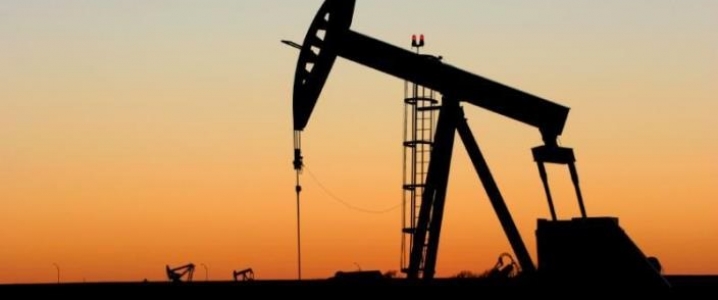The human impact

02/03/2019 18:23 - Posted by Tom van Leeuwen
Humanity tends to overestimate its influence on the environment. In reality, the influence of human activity is tiny compared with the enormous forces of natural processes. Here we make a rough comparison between the total amount of energy humanity has consumed since the Industrial Revolution and the amount of energy needed for a natural process: the end of a glacial period.
This is not about the scientifically exact values of these processes. In part, we use estimates and approximations to indicate the order of magnitude of the differences.
The end of a glacial period
At the coldest point of the last glacial period, about 25 thousand years ago, both of the Earth's ice sheets together were 52 million cubic kilometers (5.2 x 10
7 km
3)
larger than today.
One cubic kilometer of ice weighs 919 billion kilograms (9.19 x 10
11 Kg.)
So the total weight of the melted ice was 5.2 x 9.19 x 10
7 x 10
11 = 4.8 x 10
19 Kg.
Melting one kilo of ice takes
3.34 x 105 Joule of energy.
For melting all that ice, 1.6 x 1025 Joule was needed.
The energy required to heat ice from approximately -10°C to 0°C and water from 0°C to 10°C is less than 1% of this amount. This is smaller than the rounding error and therefore we won't take it into consideration.
Mankind's energy consumption since the Industrial Revolution (1850)
In 2013, the total,
global energy consumption of humanity was 5.67 x 10
20 Joule. In 1973, that consumption was less than half of that amount and if we go further back in time, the consumption decreases gradually.

It seems safe to assume that since the Industrial Revolution, humanity's total energy consumption has not exceeded 100 times the 2013 consumption, i.e. 6 x 10
22 Joule.
The result of this rough approach is that the amount of energy required 15 thousand years ago to partially melt the ice sheets was about 270 times greater than all the energy that humanity has consumed since the Industrial Revolution.
Another comparison: The
total proven reserves of fossil fuels are the equivalent of 6,894 x 10
12 barrels of crude oil. Each barrel of crude oil provides
6.1 109 Joule energy. The total amount of energy stored in the form of fossil fuels is thus 4.2 10
22 Joule.
So the completely natural process that melted the ice caps at the beginning of the Holocene consumed
380 times the total amount of energy stored in the form of fossil fuels.
The energy consumption of humanity is thus almost irrelevant compared to the enormous amounts of energy required for the natural processes that control the Earth's climate.

